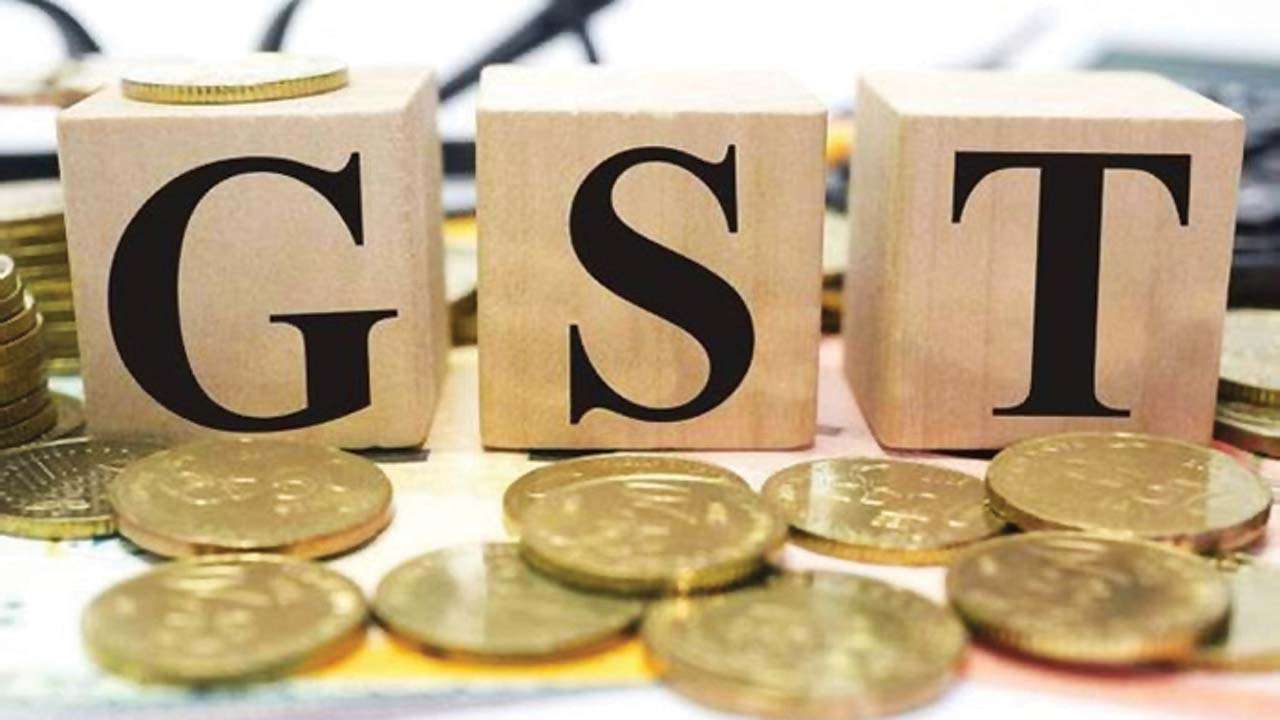All invoices for business-to-enterprise income via entities past a specific turnover threshold will be generated on a centralized government portal by using September, a move aimed at curbing the risk of faux invoices and evasion of GST, officers stated. The sales secretary is tracking the development of the implementation of an electronic or e-bill mission for which an officials’ committee has already been installed.
“E-bill for B2B transactions could be rolled out in subsequent 3-4 months in a phased way. The whole bill might be generated on a government portal,” a legitimate told PTI. The circulate will help curb Goods and Services Tax (GST) evasion through the difficulty of faux invoices. Besides, it’d make the returns submitting procedure easier for agencies as bill information would already be captured through a centralized portal. “Once rolled out, the e-invoice undertaking will permit agencies to generate an e-manner invoice if wanted simultaneously,” the respectable delivered. An E-way bill is needed for shifting goods exceeding Rs 50,000.
Depending on the project’s success in the B2B phase, the revenue branch could be looking at extending it to business-to-patron (B2C) income, especially in sectors in which the possibility of tax evasion is high. Businesses beyond the desired turnover threshold, to be determined later, could be supplied with a software program linked to the GST Network (GSTN) or a government portal for generating e-invoice. The threshold can also be constant based on the price of the invoice.

The e-bill era approach can be much like the only being accompanied for the e-way invoice at the ‘waybill.Nic.In’ portal or payment of GST on the GSTN portal. A 13-member officers’ committee, comprising crucial and state tax officers and the GST Network Chief Executive, has been installed to look at the feasibility of introducing an e-invoice gadget to streamline the generation of invoices and easing the compliance burden. The committee will finalize its intervening time document this month.
With almost years into GST implementation, the authorities are now focussing on anti-evasion measures to shore up sales and boom compliance. The proposed ‘e-bill’ is part of the workout to test GST evasion. There are over 1.21 crore registered agencies under the GST, of which 20 lakh are beneath the composition scheme. News media has evolved a great deal, from newspaper to television and from television to the Internet. Online media has played a large role in taking the news to a much wider audience. Business media caters to a section of society interested in this kind of news.
News, as some believe, tells what’s happening NOW, and the NEWS word is just the plural of it. However, as per folk etymology, the word NEWS stands for all four directions – North, East, West, and South. In any case, it tells us an update of what’s going on. There was no proper media for news until the 17th century, when the newspapers came into being. The typesetting technology fostered the beginning of newspapers. Before that, it was the couriers who circulated the news. With time the new media kept on evolving. In the 20th century, Business News emerged as a distinct stream of news.
Technology has evolved a great deal. So has the media for news, from Paper to Television, and from Television to the Internet; more advances have come in the late 20th century than in the rest of history. With the advent of the Internet, News has made its reach much wider. Business news, as the name tells, is all about business and commerce. Today, there are dedicated news channels, newspapers, magazines, and digital media groups. This section of media caters to a section of the society interested in this kind of news.












